Planning for, accommodating and managing growth is amongst the most difficult elements of doing business. Companies hire consultants to form strategic plans; they engage architects to optimize existing space; and they schedule executive retreats for visioning sessions. But as happens all too frequently, the elephant in the room, impacting nearly every decision, goal, wish or pipe dream is a single document – the commercial lease.
In general, a commercial lease accomplishes the following basic components: (a) it legally binds the parties, causing them to perform certain economic duties over scheduled periods of time and (b) it bestows a bundle of rights and responsibilities onto the parties. But what most business owners and managers fail to recognize is that a lease should also be a planning tool for business. Square footage, lease rate and tenant improvement allowances are certainly important terms – but if someone isn’t asking the question, “how can we tailor this document to support our business operations today and in the future?”, then a major opportunity for business success has been overlooked.
Last month, we explored a tenant’s ability to end their obligations, as defined by their commercial lease, with a well negotiated “Option to Terminate” (Click here for a link to last month’s article). In this article, we will limit the discussion to how a tenant can extend their occupancy through renewal rights.
A renewal option is a negotiable term within a tenant’s lease that allows a tenant to maintain control of their space beyond their scheduled lease termination date. The renewal option is most often determined during the initial lease negotiations and usually defines (a) how many times the tenant may renew their lease; (b) for how many years; and (c) at what cost. If properly negotiated, the renewal option can enable a tenant to extend their occupancy well past the date of their initial lease expiration and do so at below market terms. A good option to renew should address the following points:
- The number and duration of the options
How many options a tenant has and how long the options last are set by the lease. Typically, a tenant will negotiate one or two renewals of three or five years each.
- The rent associated with the options
The rent during the renewal period should be set in advance. Typically, the rent is based on a percentage of the previous year’s rent; however, it is also possible to specify that the rental rate shall be equal to a percentage of the standard market rate at the time of renewal. This can get a bit tricky as the landlord and tenant will most often have a difference of opinion of what the standard market rate is.
- The amount of advanced notice required to exercise the option
The amount of notice that a tenant must provide to landlord is always negotiable. A tenant-favorable lease will include a notice period of less than six months.
In summary, if properly negotiated, an organization’s commercial lease can be a beneficial planning tool and play a critical role in planning for, accommodating and managing growth. Incorporating a “Renewal Option” into a lease can help companies maintain control. At Corporate Strategy, we take an integrated approach to understanding our client’ organization so that their commercial lease is tailored to their business strategy and their goals to remain flexible.
